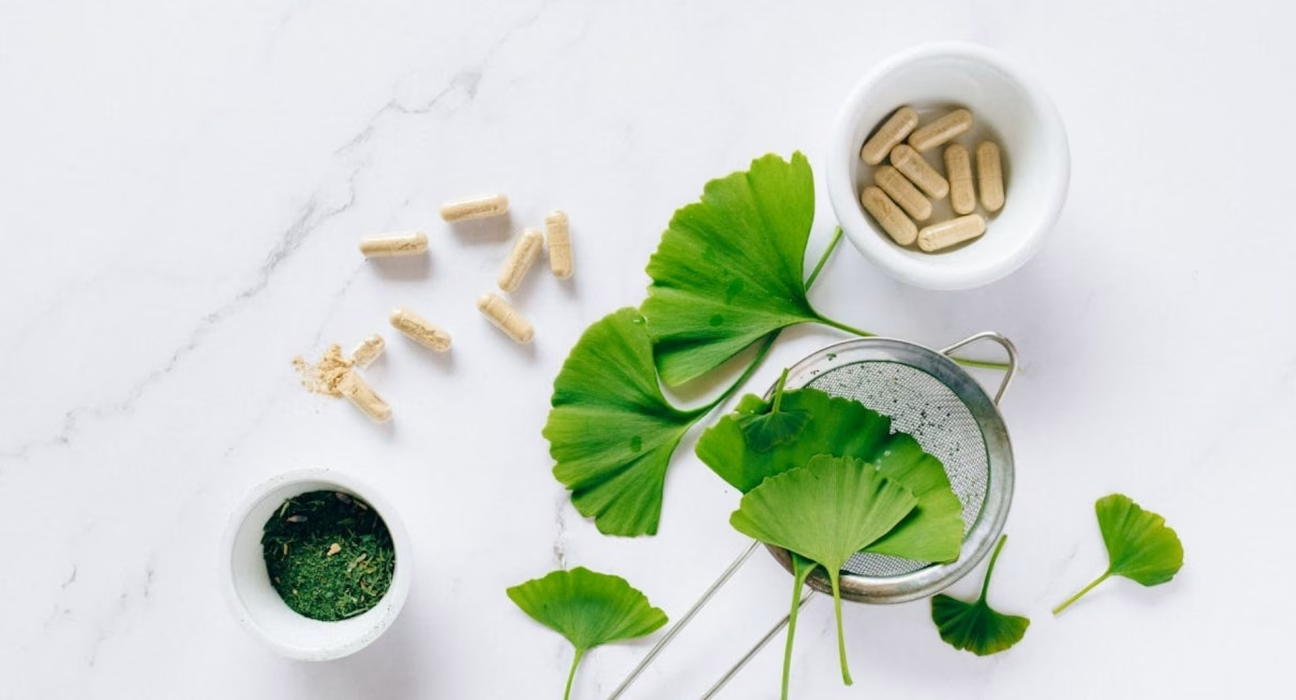Phytotherapy is the use of medicinal plants and plant-derived substances to prevent, relieve, or treat health conditions. Often linked to herbal medicine or herbalism, it differs in that it places more emphasis on scientific research. The term was introduced in 1913 by French physician Henri Leclerc, though the use of plants for healing stretches back over 60,000 years. Evidence shows that ancient civilizations in Egypt, India, and China relied heavily on plant-based remedies, and these traditions influenced modern medicine.
More: Comprehensive guide to cervix biopsy aftercare
Unlike herbalism, which often draws from tradition and generational knowledge, phytotherapy is rooted in scientific validation. Many treatments considered mainstream today were originally derived from medicinal plants. While in some Western countries herbal remedies are viewed as complementary or alternative, in many parts of the world with limited access to modern healthcare, they remain the primary method of treatment.
A wide range of phytotherapeutic preparations is in use today. Some well-known examples include:
- Ginkgo biloba – leaves used to support memory and cognitive function.
- St. John’s wort (Hypericum perforatum) – aerial parts used for mild to moderate depression.
- Echinacea species – roots and aerial parts used to prevent or reduce the severity of colds and respiratory infections.
- Devil’s claw (Harpagophytum procumbens) – root traditionally used to ease chronic lower back pain and other inflammatory conditions.
Phytotherapy bridges the gap between traditional plant use and evidence-based medicine. By combining centuries of knowledge with modern research, it continues to provide effective and natural options for managing health and supporting wellbeing.
More: Asparagus: A superfood for immunity, bones & gut


Phytotherapy in modern and traditional medicine
By the eighteenth and nineteenth centuries, medicine had become increasingly scientific, with physicians testing whether treatments were effective. Although plant-based remedies remained common, the focus gradually shifted toward chemical compounds and synthetic drugs.
A well-known example is aspirin. For centuries, cultures such as the Egyptians and Greeks used willow bark to relieve pain. In the nineteenth century, scientists identified salicylic acid as the active ingredient. Later, German physician Hermann Kolbe developed a synthetic form, which led to the modern version of aspirin. What began as phytotherapy became one of the most widely used medicines in the world. This reflects a broader trend: while herbal remedies persisted, industrialized nations increasingly relied on laboratory-produced drugs.
In the twenty-first century, interest in phytotherapy has resurged. Many people view natural treatments as gentler and more affordable than pharmaceuticals, and research continues to confirm the benefits of herbs long used in traditional healing. Some medical schools now include phytotherapy in training programs.
Globally, the World Health Organization (WHO) estimates that over three-quarters of the populations in Asia and Africa rely on phytotherapy as their first line of care. In these regions, traditional remedies are not only respected but also more accessible than modern pharmaceuticals.
Researchers continue to explore plant compounds such as polyphenols, glycosides, alkaloids, and terpenes, which show promise against infections, cancer, and other health conditions.
However, phytotherapy carries risks. Unlike regulated pharmaceuticals, herbal remedies can vary in potency and quality. Improper dosing, lack of clinical testing, and interactions with prescribed drugs are possible. For these reasons, experts recommend consulting a healthcare professional before using even common remedies like ginger or cinnamon tea to ensure safe and effective treatment.
More: Halotherapy: Inside a salt room experience
Standardization and global use
In phytotherapy, standardization ensures that plant extracts contain consistent levels of active compounds, making their therapeutic effects more reliable. Unlike traditional herbalism, where tinctures or teas may vary in potency, standardized extracts are carefully measured and adjusted, often through techniques like chromatography or mass spectrometry.
For example, St. John’s wort in phytotherapy is standardized to specific amounts of hypericin or hyperforin, while herbalists may use preparations without quantifying these compounds. This process provides reproducibility and quality control, aligning phytotherapy more closely with modern pharmacology than with complementary or alternative medicine.
The way phytotherapy is integrated into healthcare systems differs worldwide. In countries such as Japan and South Korea, standardized plant-based medicines are included in national health insurance. China, India, and Nepal also widely cover herbal treatments within their traditional medical services.
More: How to regulate your nervous system
Western countries
In most Western countries, phytotherapy is not part of public health care. Products are sold over the counter and are often used at the patient’s choice. Some doctors and naturopaths still recommend them. Because the active ingredients are scientifically validated, these remedies are seen as real medicines, not alternative therapies.
This scientific basis has increased trust, but there are concerns. Standardization improves safety, dosage, and effect, yet controls differ worldwide. It is important to consult a healthcare professional, even for common herbs like ginger, echinacea, or cinnamon. Interactions and risks can still occur.
Sources: EBSCO, Britannica











